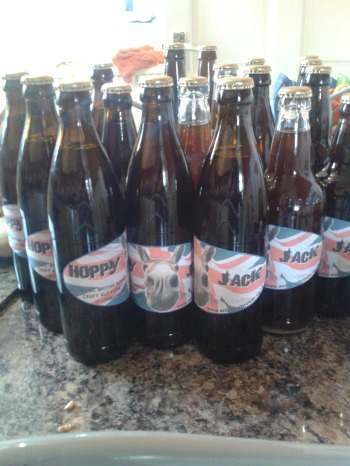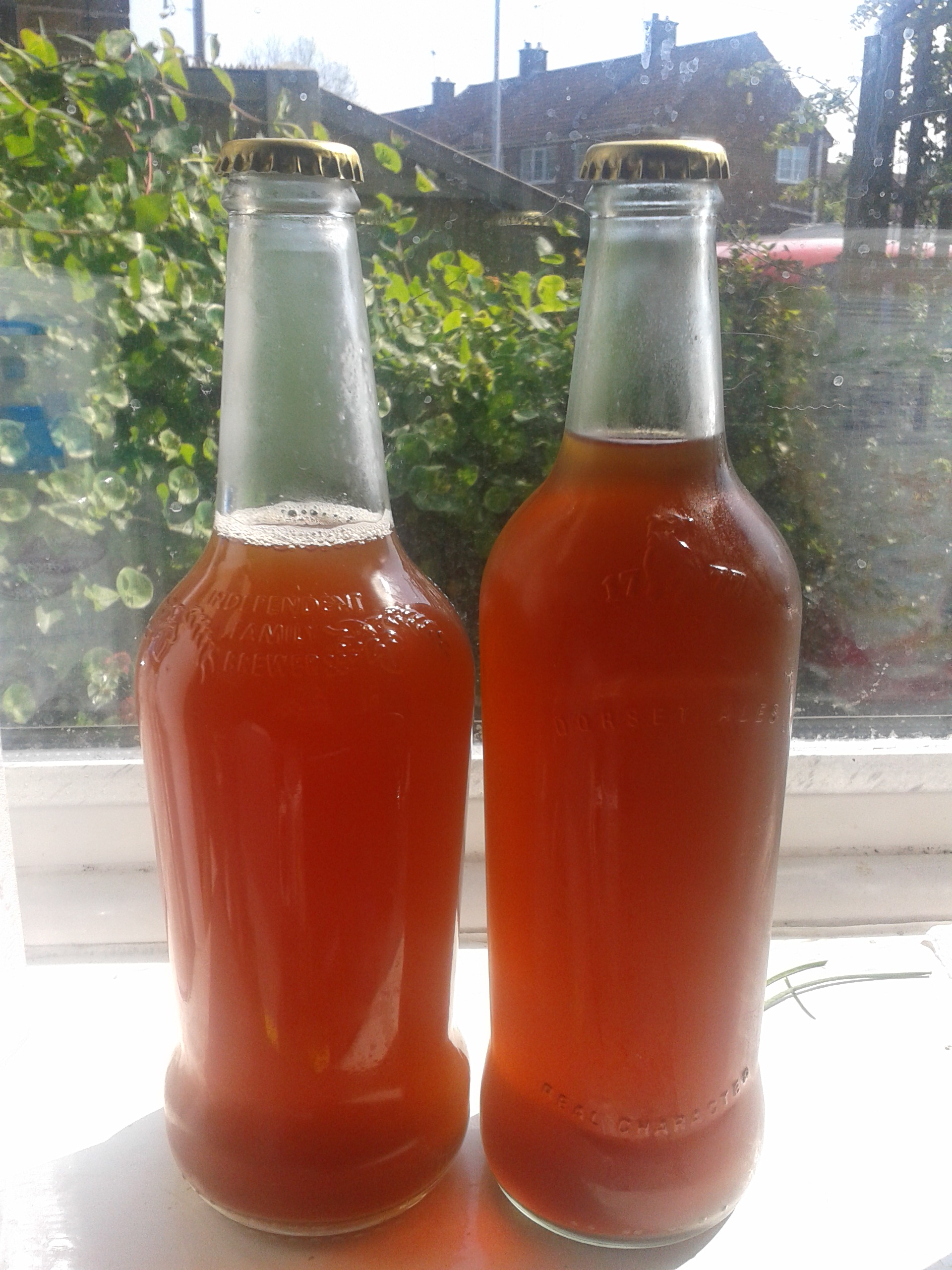 The mythical Black Dog holds a prominent place in old English folklore. There are regional – but similar – variations of this muscular, spectral lupine beast with long, sharp fangs and glowing red eyes, which preys on weary travellers.
The mythical Black Dog holds a prominent place in old English folklore. There are regional – but similar – variations of this muscular, spectral lupine beast with long, sharp fangs and glowing red eyes, which preys on weary travellers.
Arguably, the most famous of all is the Barghest of Whitby, which, it is said, roams the North Yorkshire moors surrounding the once-thriving whaling port. Legend has it that any poor soul who should hear the beast’s blood-curdling cries in the night will certainly be dead by dawn.
Whilst literature is scattered with references to the black dog in everything from Sherlock Holmes to Harry Potter, the legend of the Barghest was perhaps made most famous in the pages of Dracula, which Bram Stoker found inspiration for while staying in the fishing resort in 1890.
Stoker, it is said, was quite smitten with the atmosphere of the town – the red roofs, the network of dark alleyways and ginnells, the eerie abbey, the church with its tombstones and even the bats flying around many of its darker corners.
The author is believed to have stayed in the town’s Royal Hotel, which sits imposingly atop the West Cliff. From there, he would have had a prime view across the town and the harbour to the older East side, in the shadow of the ruins of Whitby Abbey, which sits at the top of 199 stone steps which wind up into the cliffs from the cobbled streets below.
It’s the vantage point from which Stoker described how Dracula first arrived on our shores.
In the form of a black dog, the mythical vampire was stowed on a Russian schooner heading for London, which berthed on the coast off Whitby. He descended the vessel in darkness and climbed the 199 stones steps to the Abbey, where he came upon his first victim in the graveyard.
I mention this, because I was in Whitby with my ladies yesterday for a family day out and whenever we visit this amazing seaside resort, my thoughts often turn to the supernatural tales which are linked with it.
I’ve loved a good ghost story ever since I was a child, when my Grandad, a true ranconteur, would sit in his armchair on a Saturday afternoon and, in a fug of cigarette smoke, regale my sister and I with the spooky stories he had picked up from his travels with the Royal Navy during the war and the Merchant Navy after it.
Most involved a drink or two, but then they are kind of the best stories anyway, aren’t they?
But I digress…
We eventually left for home yesterday at around 9.30pm, after an action-packed day of crabbing, arcades, shopping and walking, all rounded-off by a famous Whitby Ghost Walk – which sated my need for all things supernatural – before heading out of the town and into the moors on our way home.
It was that strange time of day when dusk was turning to night. The sky was an amazing dark amber and the hot and humid conditions had conspired with the brisk sea breeze to create a mist which descended over the barren expanses of scrubland on either side of the winding road on which we were travelling.
The car was full of chat and laughter as we recounted the day and the experiences we’d had when I saw, in the distance and almost imperceptible at first, two bright red beacons on the road ahead, which seemed to be getting closer as we continued on our way.
Was it a car? Must have been, although we’d not seen a single other vehicle since leaving Whitby. The mist had by now turned into a fog as thick as felt and all I could see up ahead were the two, burning red lights getting closer and closer. I’m normally a rational person, but I slowed the car, wound up the window and turned up the radio to drown out the noises outside, just in case.
All the time, the lights were getting closer… it couldn’t have been, could it?
Paranormal goings-on are not the only thing Whitby is famous for, which brings me to the main point of this post. It also does great fish and chips – the UK’s best, in fact.
There aren’t many more culinary pleasures which can top this seaside staple – a foodie experience which is never better than when you’re sat by the harbour, the water gently lapping the walls, seagulls circling noisily over your head, spooning vinegar-soaked chips and freshly caught fish into your mouth with a little wooden fork. It’s perfection.
 Unfortunately, with the prospect of a two-and-a-half hour drive home around the corner, I had to settle for a diet coke to wash down my meal.
Unfortunately, with the prospect of a two-and-a-half hour drive home around the corner, I had to settle for a diet coke to wash down my meal.
Had I not been driving, I would have partaken in a pint of this.
Dark Ruby in colour and steeped in some of the spookier elements of Whitby’s history, this is one Black Dog whose howls I wouldn’t mind heeding.
The brewery had been operating in the town for many years, but ceased trading in 2001.However, in 2006, a local farmer acquired its equipment and recipes and relaunched it in a bid to keep the tradition going.
I’ve raised a couple of queries about my own brewing methods this week and once again, the homebrew community has been very generous with its insight, guidance and support.
So, here is a virtual pint of Black Dog Rhatas to the following fellow homebrewers who have helped me along the way this week…
Cheers guys. Just don’t look into its eyes…
 Burnt amber in colour, it was so hoppy in both nose and flavour that it was christened ‘Hoppy Jack’.
Burnt amber in colour, it was so hoppy in both nose and flavour that it was christened ‘Hoppy Jack’.




















